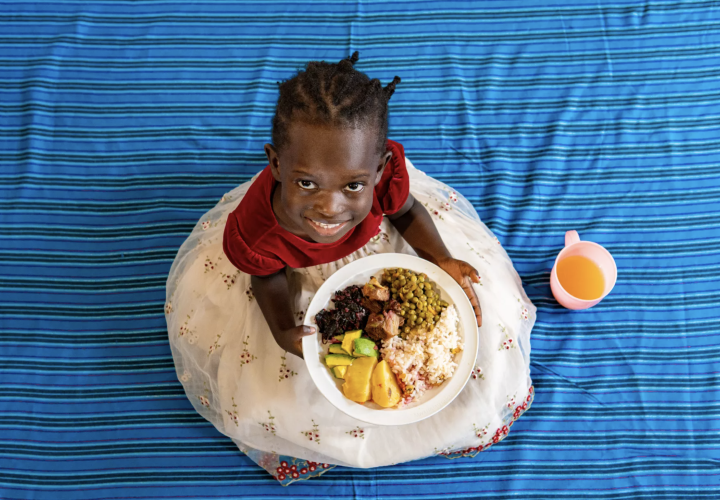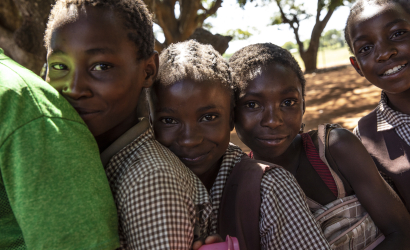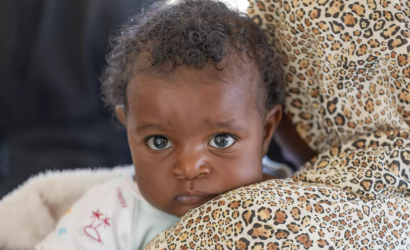According to the latest Global Nutrition Report, Zimbabwe is 'on course' to meet half of the nutrition targets established by the World Health Assembly (WHA).[1] These include all three anthropometric nutrition indicators – stunting, wasting and overweight – among children under five years old. While some progress has been made towards the other targets (anaemia and exclusive breastfeeding), the diet-related non-communicable disease (NCDs) targets are ‘off track’ and adult obesity is no exception. About three in ten adult Zimbabwean women are obese, exceeding the regional average of 20.8%. This, in turn, underscores the instrumental role of diets and the importance of coordinated, multi-pronged nutrition action, including among UN agencies.
UN-Nutrition as a catalyst
In Zimbabwe, seven UN agencies participate in the UN-Nutrition platform. This includes the Food and Agriculture Organization of the United Nations (FAO), the International Fund for Agricultural Development (IFAD), the United Nations Development Programme, the United Nations Population Fund (UNFPA), the United Nations Children’s Fund (UNICEF), the World Food Programme (WFP) and the World Health Organization (WHO). Thanks to Irish Aid, there are designated resources to boost UN nutrition collaboration, including an in-country facilitator. The Irish funding also covers the cost of analytics, which identify gaps and overlaps, as well as opportunities for increased synergy among Member Agencies. The UN-Nutrition Inventory and an analysis of the Zimbabwe United Nations Sustainable Development Cooperation Framework (UNSDCF) are among these exercises, both conducted with support from the UN-Nutrition Secretariat. Furthermore, the findings from these analyses are informing the development of a country-level UN-Nutrition strategy, which will steer collective efforts towards the country’s unfinished nutrition agenda.
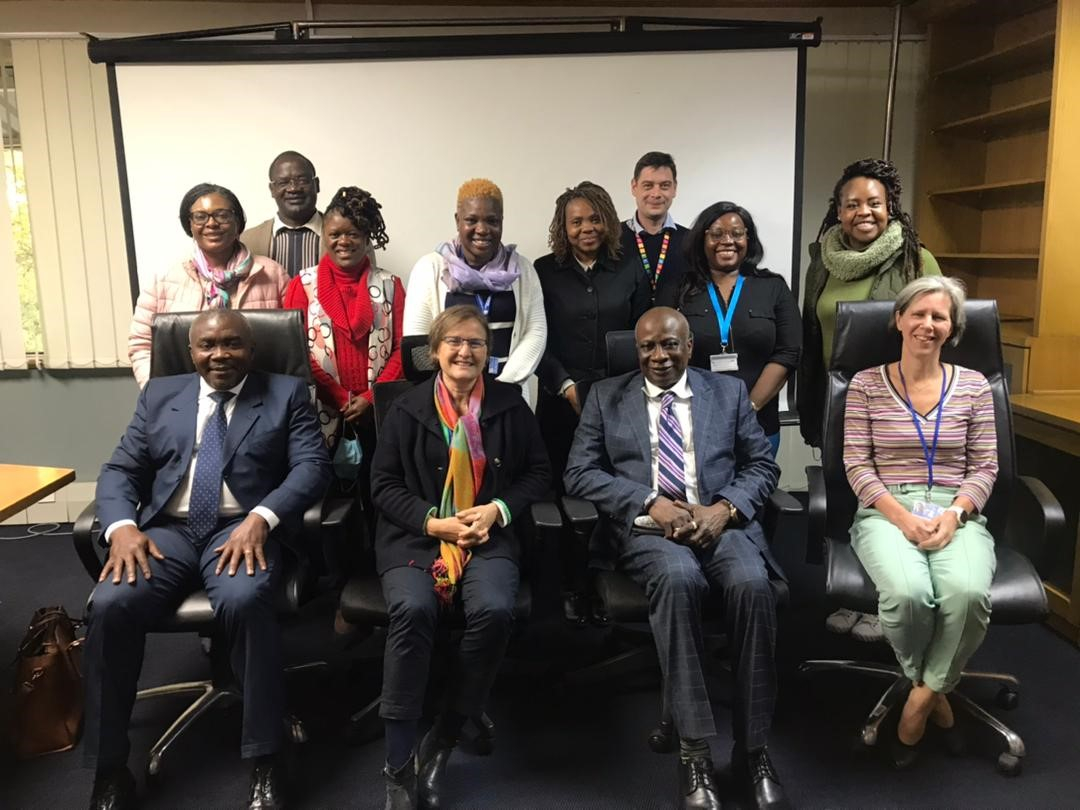
Positioning nutrition in the UNSDCF
In November 2022, UN-Nutrition embarked on an analysis to explore how well nutrition is integrated into the cooperation framework. Members of the UN-Nutrition Secretariat, in collaboration with the facilitator and country focal points, reviewed the Zimbabwe UNSDCF (2022–2026) against the criteria of a new checklist. The checklist is an action-oriented feature of A guidance note on nutrition for United Nations country teams, their government counterparts and other stakeholders that was released by UN-Nutrition earlier this year. Consideration is given to the inclusion of nutrition indicators, including the applicable WHA targets, and the adoption of a multisectoral, multistakeholder approach, among other factors.
The analysis revealed that nutrition is somewhat reflected in the Zimbabwe cooperation framework although there is scope to make those linkages more explicit in several cases. For example, nutrition features in two of the four pillars (Pillar 1 on people and Pillar 2 on the planet) along with their respective outcome indicators. However, in principle, nutrition is related to all four pillars.[2] Even where nutrition is included, there is room for improvement. Both nutrition and nutrition-related indicators (e.g. childhood stunting, food security) are included under pillar 2 on Environmental protection, climate resilience and natural resource management. With that said, there is no mention of healthy diets. This is a missed opportunity, particularly in view of the country’s glaring overweight and obesity problem affecting children, adolescents and adults and intensifying climate change. According to simulations, over 80% of adult women were estimated to be overweight or obese in 2019.[1] One contributing factor is the dietary transition that Zimbabwe has experienced in recent years.
“High-energy ultraprocessed foods are deemed convenient, tasty and highly accessible, and are fast becoming popular in both urban and rural areas,” noted Patience Hoto from the FAO office in Zimbabwe.
Nutrition is reflected in eight of the ten programmatic themes examined to varying extents, scoring high in the context of climate change, HIV/AIDS and vulnerable communities. It is not mentioned in relation to economic growth or urbanization, despite acknowledgement of rising levels of NCDs and known linkages between them and dietary trends. A mere two of the six WHA nutrition targets (stunting and exclusive breastfeeding) are included in the UNSDCF yet none of the nutrition-related NCD global targets are included. Reference is made to engagement with various stakeholders across all outcomes, but there is neither mention of partnership with the Food and Nutrition Council (FNC), nor the Scaling Up Nutrition (SUN) Movement. This is somewhat surprising in view of the strong UN-Nutrition group on the ground and its active involvement with the two, as well as the country’s stewardship in the SUN Movement.[3] Similarly, the cooperation framework calls for multisectoral engagement, but not for nutrition per se. It, furthermore, touches on all Sustainable Development Goals without necessarily linking them to nutrition.
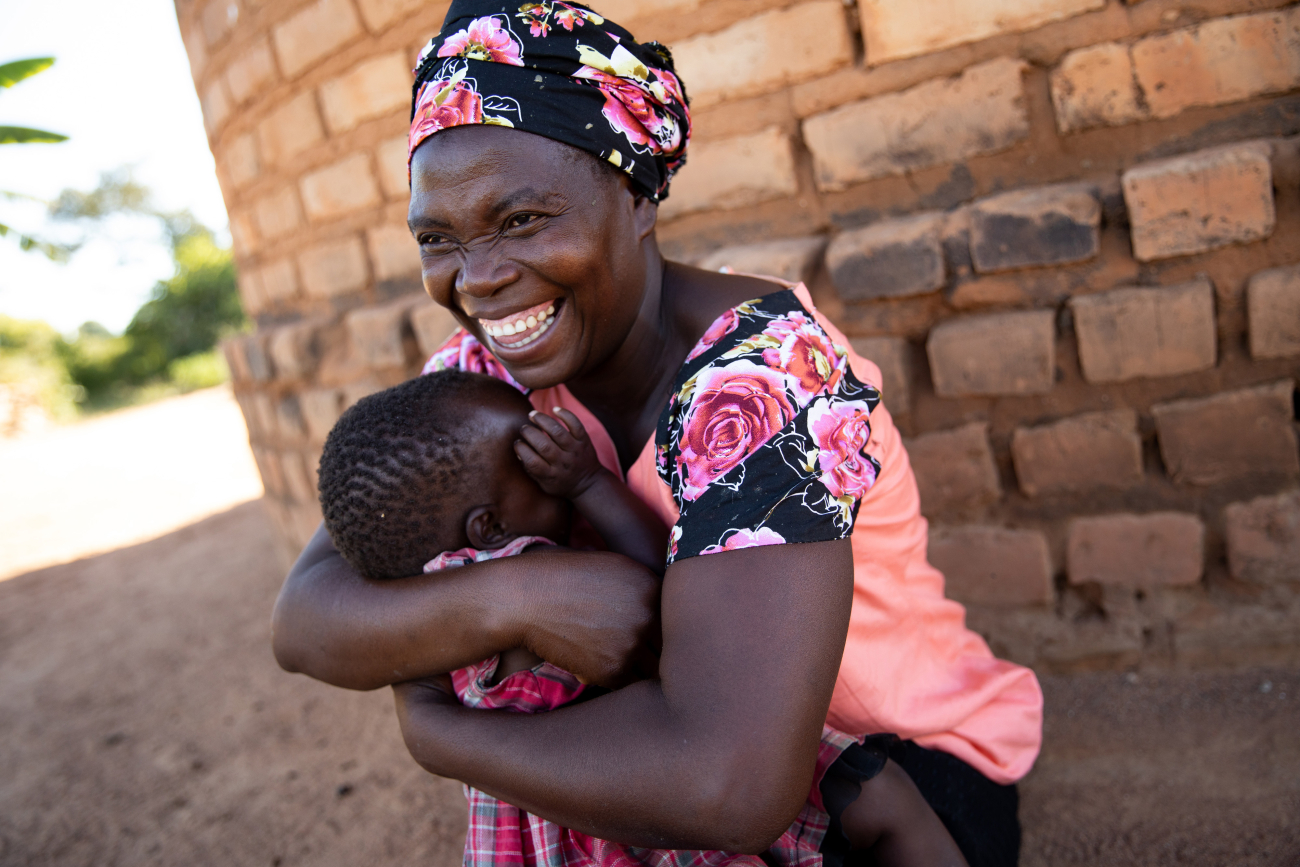
So what?
The UN-Nutrition country convenor (currently the WFP Country Director) has since advocated for the United Nations country team (UNCT) to consider including nutrition as one of the cross-cutting UNSDCF thematic working groups.[4] The proposition was well received, and it is envisaged that the group will adhere to similar monitoring, accountability and reporting arrangements with the Programme Management Team, as imposed for other cross-cutting areas. This move is a step forward in institutionalizing UN-Nutrition in Zimbabwe.
The UNSDCF nutrition integration analysis has also prompted the UN-Nutrition group in Zimbabwe to revisit its current nutrition support and see how it fits into the bigger picture of sustainable development. To this end, a UN-Nutrition Inventory is underway where nutrition actions of all Member Agencies in the country are captured. The Inventory asks strategic questions such as: (1) How complementary are the nutrition actions?; (2) Is there combined value added?; and (3) Is there a critical nutrition action missing in each province/district, that the UN is well-placed to deliver? Focal points from participating UN agencies are gathering their information, with plans to finalize the exercise by the end of January. The results will be shared at a UN-Nutrition workshop in early 2024 alongside the findings of the UNSCDF analysis. During the workshop, colleagues will discuss weaknesses and identify opportunities for better aligning UN nutrition support, moving forward.
Looking ahead
Ultimately, these insights will feed into the Zimbabwe UN-Nutrition strategy and help the team sharpen the nutrition lens in successive stages of the UNSDCF cycle, so that it can more comprehensively address malnutrition in all its forms. In addition to concrete outputs, the analytics have helped rally colleagues from different UN agencies and at different levels around the nutrition agenda. They have also helped build a sense of ownership in such joint UN action. The soon to be released nutrition investment case, developed by the United Nations Development Programme, WHO and the UN-Nutrition Secretariat, is yet another resource that can be leveraged to elevate nutrition and attract resources for integrated programming. The Zimbabwe colleagues are looking forward to presenting the draft strategy to the Programme Management Team, cognisant that its backing will help UN-Nutrition gain further traction in the country and increase convergence between UN Agencies on this front.
Endnotes
[1] https://globalnutritionreport.org/resources/nutrition-profiles/africa/eastern-africa/zimbabwe/
[2] Pillars 3 and 4 relate to prosperity (Economic transformation, equitable and inclusive growth) and peace (Transformative, accountable, equitable and inclusive governance), respectively.
[3] The SUN Government Focal Point is a member of the SUN Executive Committee and active in related regional activity.
[4] Other cross-cutting thematic groups include gender, youth and resilience.
